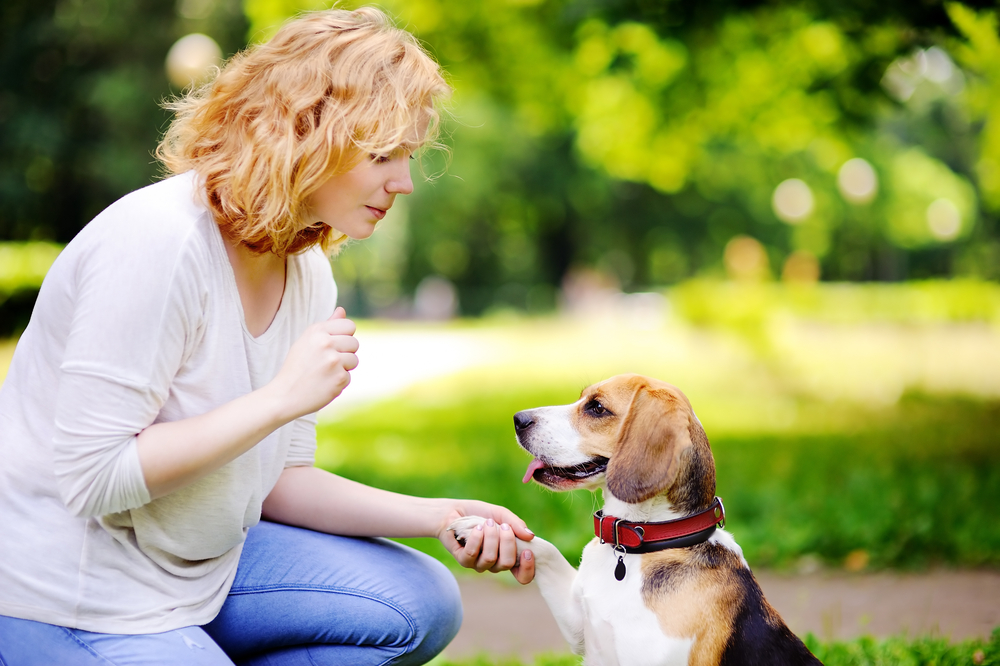
Managing and Preventing Dog Aggression Towards Vacuums
Share
For many pet owners, the task of vacuuming can feel overwhelming, especially when faced with dog aggression towards vacuum cleaners. The loud noise and unexpected movements often provoke unwelcome reactions from dogs, leaving owners feeling stressed and anxious. It's essential to understand this behavior and to work on keeping your furry companion calm for a more harmonious home environment.
As health-conscious pet owners, it's crucial to prioritize your pet's mental well-being alongside their physical health. With the right strategies and understanding, you can effectively tackle this prevalent issue, enhancing your pet's comfort and making cleaning days much more enjoyable.

Understanding Why Dogs React to Vacuums
Dogs possess heightened senses, and the sound of a vacuum can be quite unsettling. This loud, unfamiliar noise disrupts their sense of security, prompting defensive reactions. In their perception, vacuum cleaners represent an intimidating presencea large, noisy invader within their territory. To gain a deeper insight into canine sensory reactions, check out the Blue Cross advice on dog behavior.
Steps to Reduce Dog Aggression and Anxiety
Gradual Introduction
Start by gradually introducing your dog to the vacuum. Allow them to explore it while it's turned off, pairing this experience with treats and positive reinforcement to make it feel less intimidating.
Desensitization and Conditioning
Begin using the vacuum at a distance from your dog, rewarding them for calm behavior. With patience and consistency, you can gradually bring it closer during multiple sessions. For more in-depth training methods, resources such as Small Door Vet's training tips can provide useful guidance.
Professional Training
If managing this behavior proves challenging, consider enlisting a professional dog trainer. They can identify the underlying reasons for your dogs reactions and offer tailored training solutions to fit your pets needs. Additional insights can be accessed via MasterClass's guide.
Creating Safe Spaces
Establishing a safe space for your dog during vacuuming can help them feel more secure. Designate a quiet room filled with their favorite toys, a comfy bed, and calming background noise like soft music to alleviate their anxiety.
Benefits of Addressing Vacuum-Induced Aggression
By addressing vacuum-induced aggression, you not only create a cleaner and quieter home but also foster mental stability and peace for your pet. An emotionally balanced dog contributes to a more enjoyable pet ownership experience.

FAQs
Q: Why does my dog attack the vacuum cleaner?
A: Many dogs view vacuums as threats due to their loud sounds and abrupt movements.
Q: How can I train my dog to overcome their fear of the vacuum?
A: Gradual exposure coupled with positive reinforcement and professional training can be very effective.
Q: Can a trainer assist with my dog's aggression towards various household items?
A: Absolutely, professional trainers can provide customized strategies based on your dog's individual reactions.
For more proactive training methods, explore resources available at PetMD. Additionally, to further understand your dogs behavior, check out articles on Bolognese characteristics and barking deterrents.
This article contains affiliate links. We may earn a commission at no extra cost to you.
